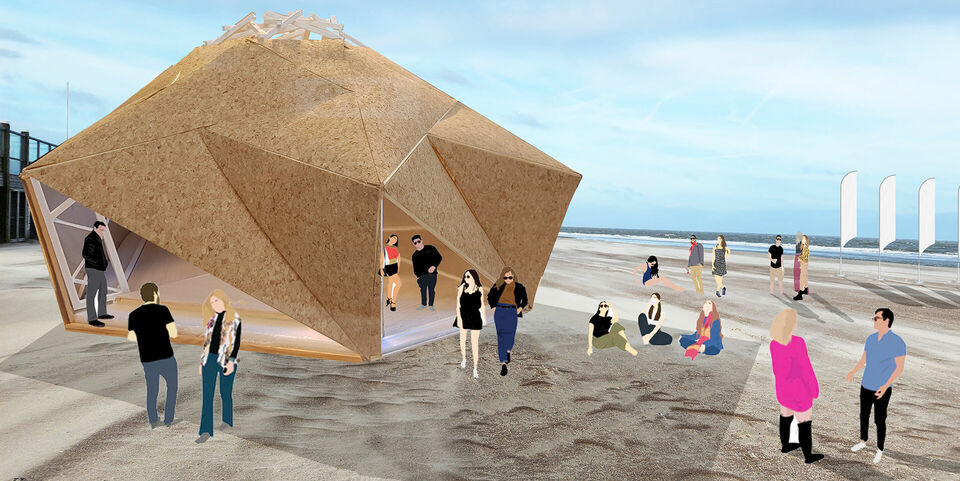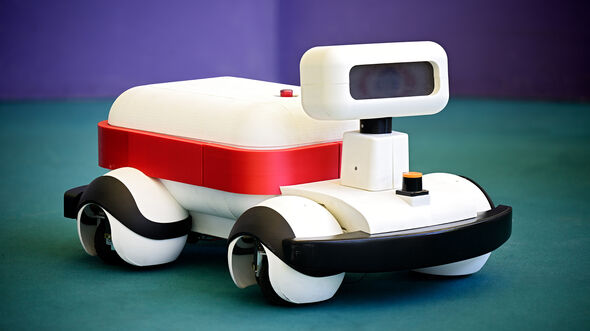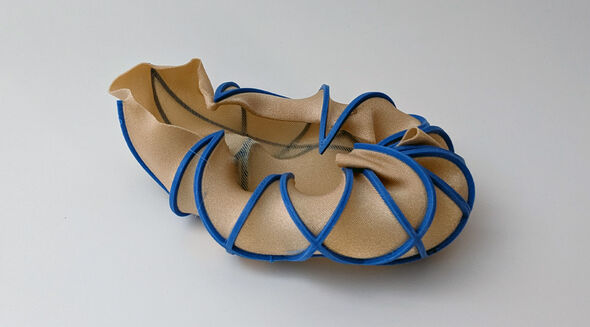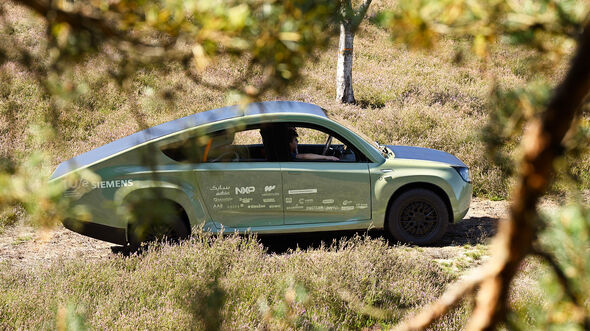“Dialogue makes DDW so valuable”
Once again, for a good week, all eyes in the design world will be on Eindhoven: from October 21 through 29 Dutch Design Week (DDW) is back in town. In keeping with tradition, TU/e is presenting its own exhibition, Drivers of Change, at the event. At Ketelhuisplein researchers will display their achievements at the intersection of research and design. And they'll be discussing their inventions with the public.
Drivers of Change, TU/e's contribution to DDW, relocated last year from the university campus to Strijp-S. “For the second year in a row, the exhibition will be held at Ketelhuisplein, a busy square at the heart of DDW,” says project leader Lucas Asselbergs. “You don't need a DDW wristband to come along; Drivers of Change is free of charge.”
Board President Robert-Jan Smits, who replaces former Executive Board member Nicole Ummelen in the DDW steering group, will conduct the opening ceremony. Professor Maarten Steinbuch will be on hand to illuminate the robotics showcased in Drivers of Change.
Together with coordinator Jeanette Schoumacher, Asselbergs has the considerable task each year of assessing the work of all the participants: in total more than 25 research projects and student team innovations. “Compared to last year, when the technological component was slightly bigger, there's a slightly stronger emphasis on design this year. What's not changed is the consistent dual focus on the aesthetics and the way the entries help tackle tomorrow's big changes,” he says.
Robots
By way of an example, says Asselbergs, take a look at some of the robotics on offer: “Alongside the mediagenic soccer-playing robots and the cheetahs (robotized four-footers, ed.) we've also got the socially useful robots, like caregiver Cura.”
It's worth noting that these “more gimmicky” robots also bring about robotic advances that prove really useful in all kinds of sectors. “Of course, everyone involved in robotic soccer keeps their cards close to their chest before world championship matches, but afterwards they willingly share all their new technologies, which have applications in numerous socially relevant fields – like healthcare.”
Innovations
At Ketelhuisplein, in sleek expo-containers, a dazzling array of TU/e designs will be presented: from the artificial womb to the backpacks worn by the rescue rats. An eye-catching piece with sustainable credentials will be the BRIC pavilion, the biobased work of Faas Moonen, an associate professor at Built Environment (see main photo at top).
“Industrial Design will also be present, with two labs,” says Jeanette Schoumacher. “One with a 4D loom, which makes materials capable of changing form, and one with 3D printers whose capacities include printing with biomaterial.”
The exhibits showcasing the student teams include ZEM, the ‘CO2-eating’ car by TU/ecomotive, unavoidably absent from last year's event. Also on show will be Stella Terra and Stella Vita, the solar-powered all-terrain vehicle and camper van developed by Solar Team Eindhoven.
Dialogue
What makes participating in DDW so valuable for TU/e are the conversations with visitors. “Which is why we make sure our exhibits are well staffed: often the researchers themselves are on hand to explain their inventions,” says Asselbergs.
“The artificial womb, for example, has been presented at DDW multiple times. Partly because it's such a complex puzzle and new pieces are being added to it all the time, but also because this line of research prompts questions and opinions. Members of the public want to hear about it and share their own thoughts.”
You don't come across the general public – including, perhaps, someone who may well be the end user of your innovation – in the lab or at a conference. “So it's this dialogue with this group that makes DDW so valuable for TU/e.” And vice versa, why is TU/e interesting to DDW? “The university contributes in a unique way to DDW: its design projects are strong on technology and have a robust scientific basis,” decides Asselbergs.
Editorial note
The amount of journalistic freedom at Cursor is very unclear at the moment. In collaboration with the unions, the editorial staff has submitted a proposal letter with suggestions regarding press freedom to the Executive Board, and a first discussion has taken place. This article was published in anticipation of the outcome of the negotiation process.





Discussion